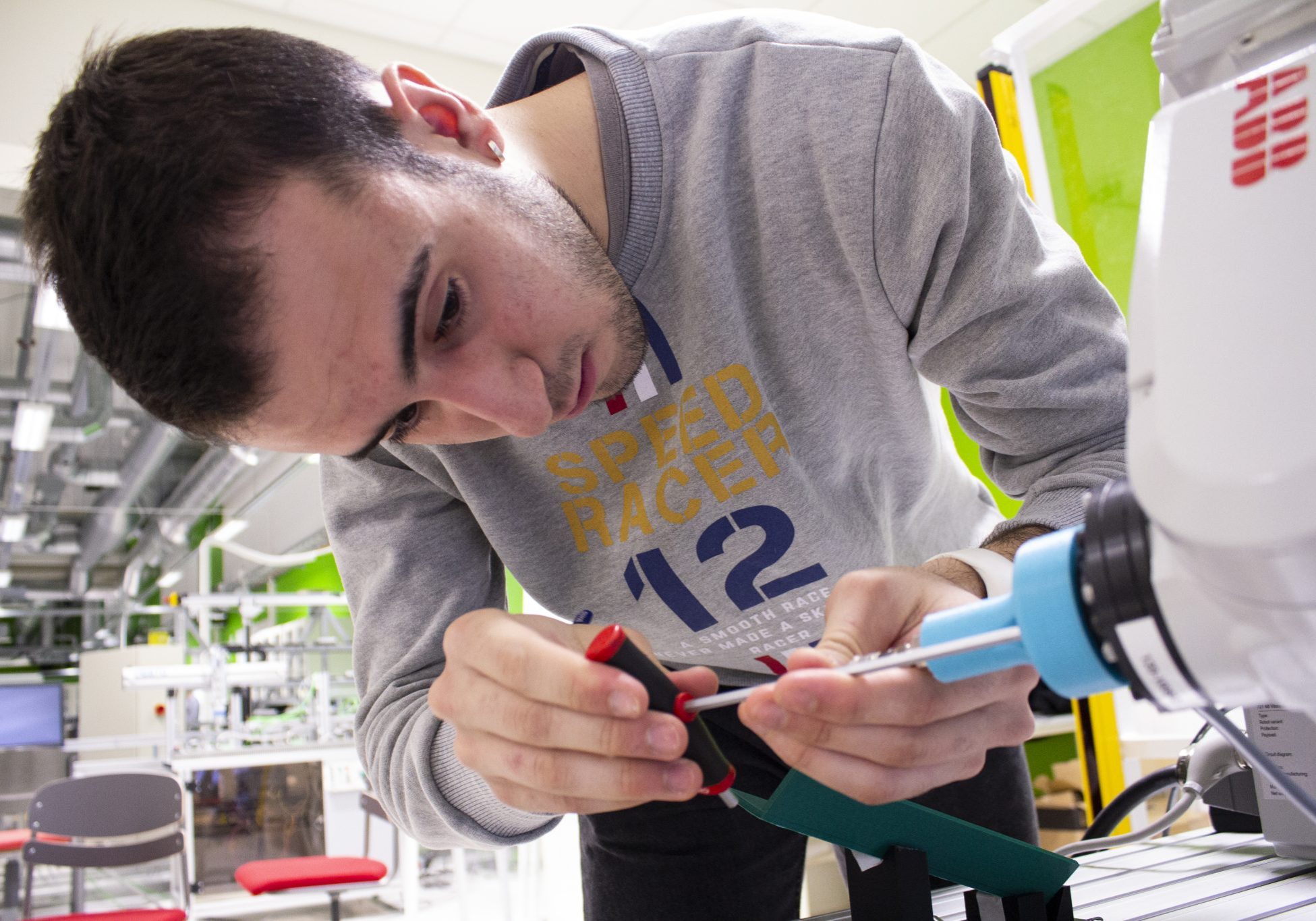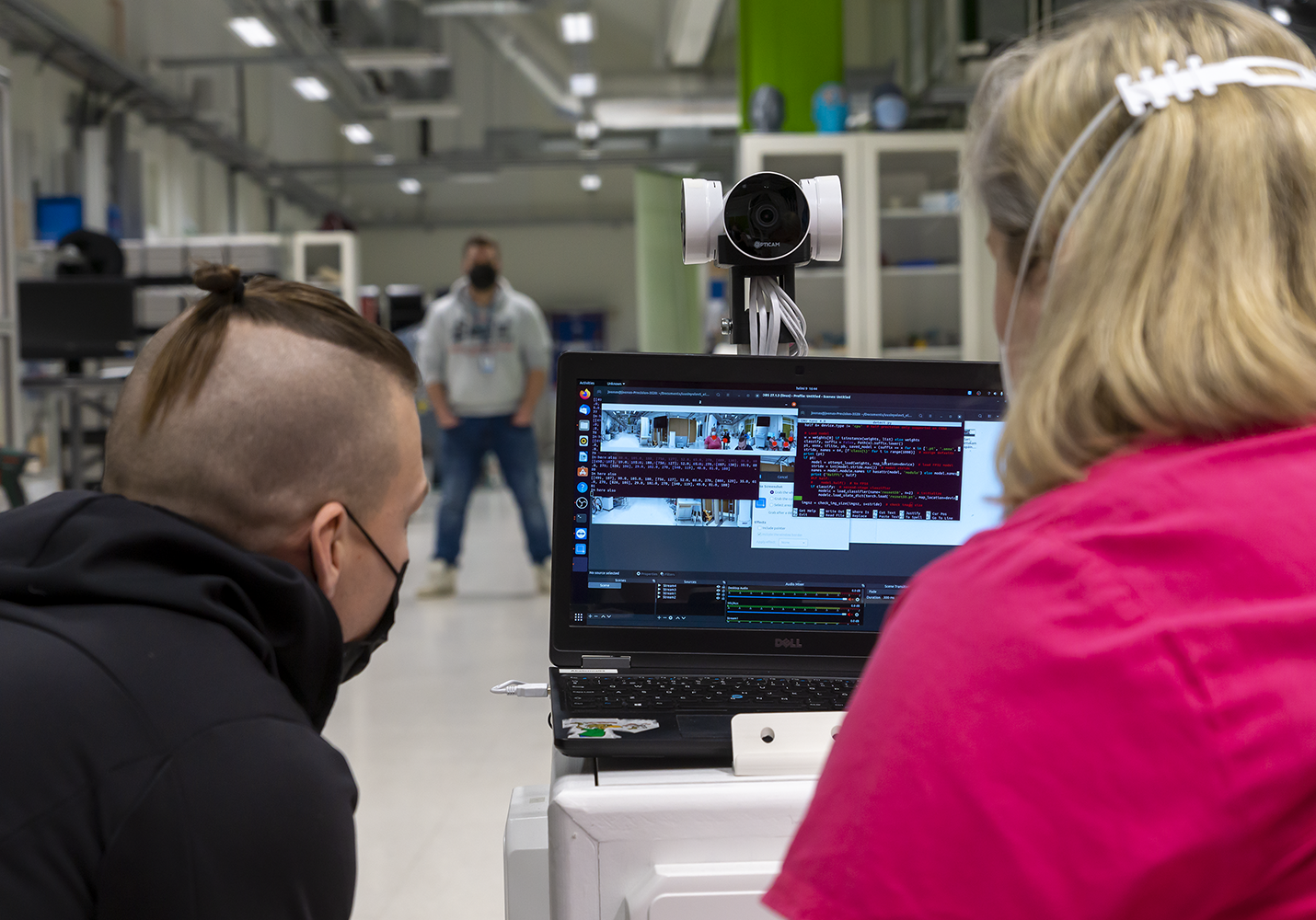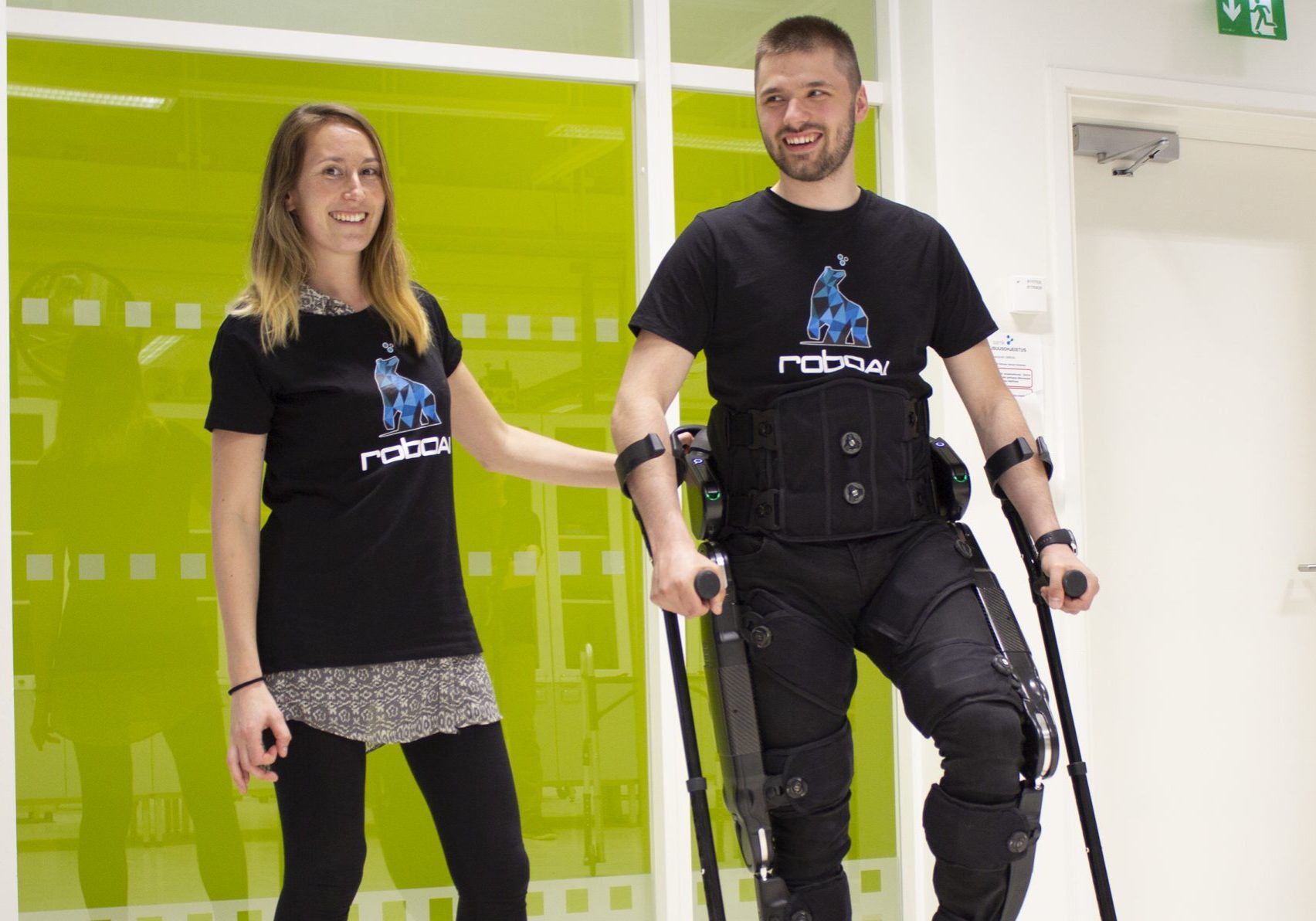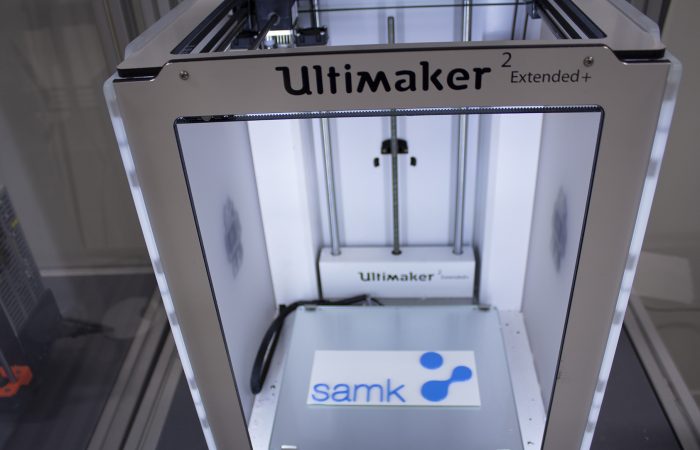
3D printing
3D printers are humming almost day and night in the RoboAI lab. 3D printers are used to produce parts for a variety of applications and systems, but they can also be used to make miniature models, prototypes of products or even game controllers. The lab also carries out applied research on 3D printing, for example testing the strength of different kinds of printing geometries.
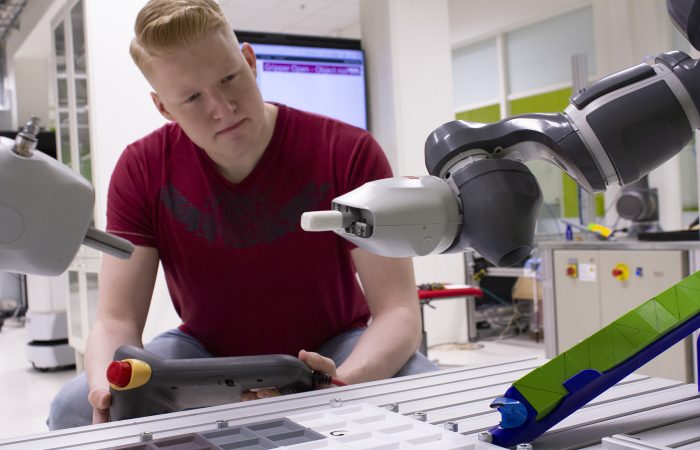
Automation and robotics
The RoboAI lab is an engineer's playground. A variety of robots invite you to experiment and learn about robot programming. Traditional industrial robots, collaborative robots, mobile robots and social robots allow you to learn new robotics as well as design and implement new applications. The opportunity to test different robots will encourage innovation in new uses and applications.
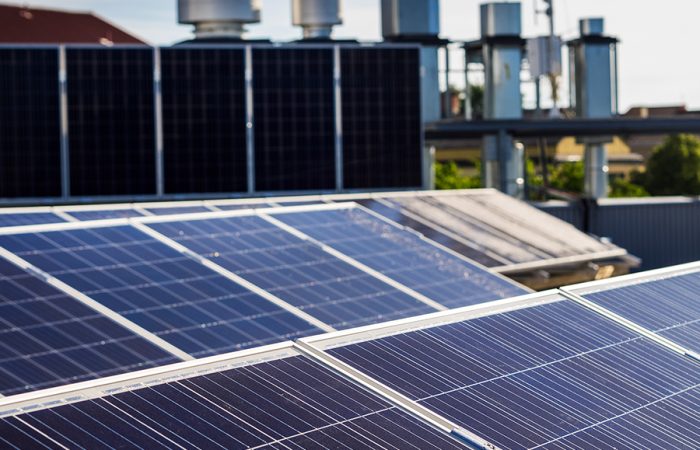
Energy Technology
The energy technology laboratory produces renewable energy for the SAMK Pori campus. The laboratory is used to study the impact of installation angle, orientation and row spacing on energy production, as well as balancing energy production and consumption. The laboratory's battery ensures the electricity supply for the shared-use laboratory and balances consumption peaks. Most of the lab is hidden on the roof of the campus, from the parking lot, you can see the solar tracker that is part of the research system. Take a look at SAMK's photovoltaic system (Youtube).
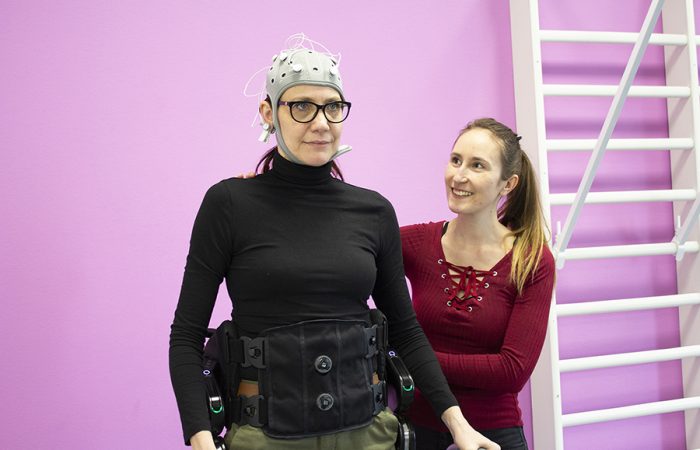
Welfare Technology
RoboAI's technological expertise is applied to a wide range of applications in the welfare sector. The RoboAI laboratory has a large portfolio of welfare technology equipment. Multidisciplinary research, development and teaching activities produce co-developed prototypes ranging from utility games to human performance measurement and intelligent services. The technology and research focus is on game and experience production and the intelligent use of data. We also serve stakeholders through our testbed activities (satakuntatestbed.fi).
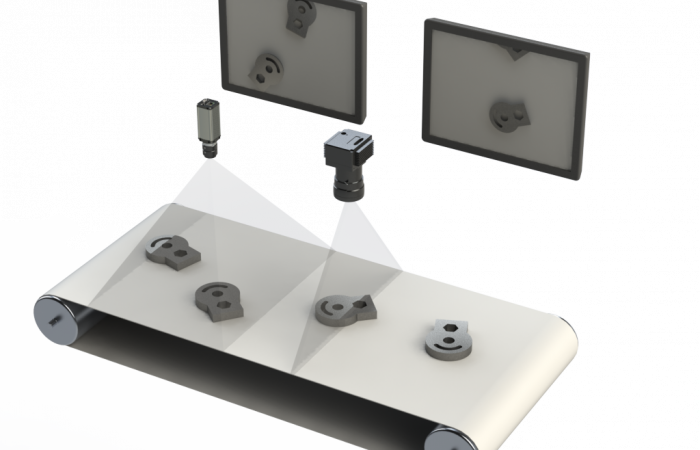
Machine vision
In the RoboAI lab, machine vision is extensively researched and developed, from traditional machine vision systems and smart camera systems to various specialised imaging technologies. The CIL includes cameras for visible light imaging, but also for near-infrared, spectral and thermal imaging. 3D imaging can also be performed using a variety of techniques.
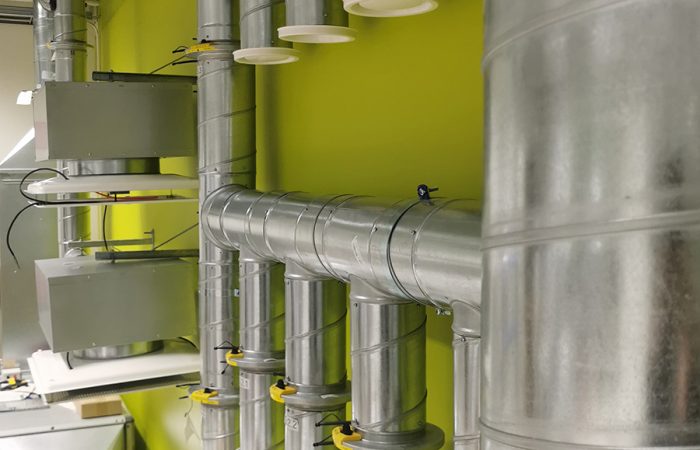
Construction Technology
The Construction and Civil Engineering laboratories are divided into three sections where students can apply theory by practicing measurements that are conducted in real workplace environments later on. In the concrete laboratory, students can determine the properties of concrete and carry out tests on aggregates, among other things. In the indoor air laboratory, the heat transfer through different structures can be studied and measurements related to indoor climate can be carried out. In the HVAC laboratory, students practice, for example, the regulation and measurement of ventilation and measurements of water and heating networks.
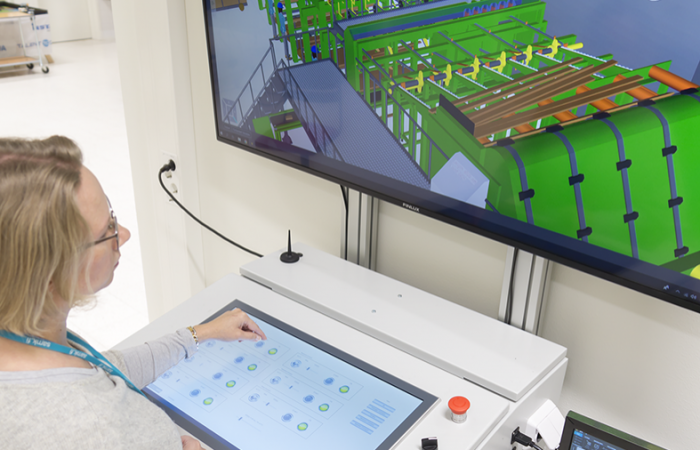
Simulation
Simulating production and bringing systems into the virtual world is commonplace in the RoboAI lab. Creating 3D simulations of real production systems or designing new production in a virtual world by manipulating equipment can be done in the lab's simulation environments. Simulation allows production to be designed, implemented and tested virtually before any equipment is ordered.
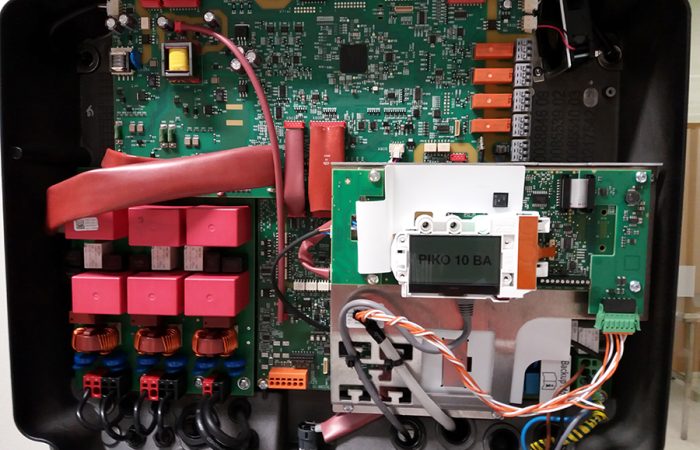
Electrical Engineering
The Electrical Power Engineering lab brings electrical machines into a new era with RoboAI automation systems. The development of automation systems will enable remote operation. In a remote access environment, users can test or demo machines and equipment remotely, meeting modern requirements with an industrial implementation. Workstations in the machine room will allow users to log on remotely to the operating environments.
